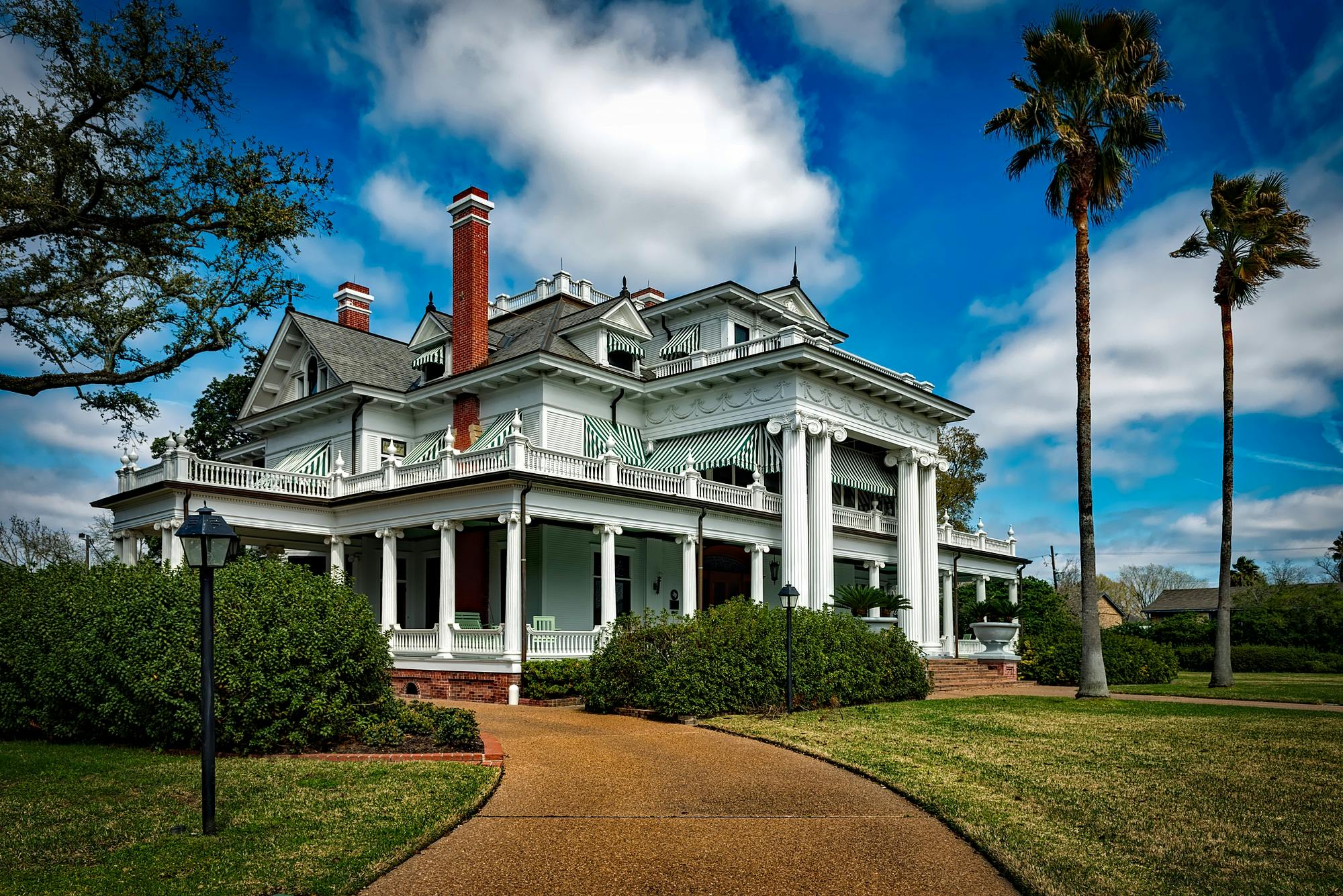
5 minute read
from Invoice ASA-3-1
The Evolution of Green Buildings in India’s Real Estate Landscape
Sustainability has become a central theme across industries, and the real estate sector in India is no exception. With rapid urbanization, increasing pollution levels, and growing energy demands, the need for eco-friendly and sustainable construction has never been greater. Green buildings—structures designed to reduce environmental impact and promote energy efficiency—are gaining popularity across India. Read more about Trump World Center Price
This article explores the concept of green buildings, their importance, how they’re reshaping India’s real estate market, and what the future holds for sustainable development in the country.
What Are Green Buildings?
Green buildings are structures that are designed, built, and operated in a resource-efficient manner. They aim to reduce carbon footprints, minimize waste, optimize energy usage, and enhance the quality of life for occupants. A green building typically incorporates:
Renewable energy sources like solar panels
Efficient waste and water management systems
Use of eco-friendly and recycled materials
Energy-efficient lighting and HVAC systems
Natural ventilation and daylighting
Rainwater harvesting and green roofs
Green buildings focus on both environmental responsibility and occupant health, making them a win-win for all stakeholders.
The Rise of Green Real Estate in India
Over the past decade, there has been a steady rise in green buildings across India, spurred by environmental awareness, regulatory mandates, and rising consumer demand for healthier living and working spaces.
Key drivers include:
Environmental ChallengesIndia faces serious environmental concerns, including air and water pollution, over-extraction of resources, and poor urban planning. Green buildings are seen as part of the solution to mitigate these problems.
Government SupportThe Indian government has introduced various policies and incentives to encourage sustainable development. Building codes, tax rebates, and fast-track approvals are helping drive adoption.
Certification BodiesOrganizations such as the Indian Green Building Council (IGBC), Green Rating for Integrated Habitat Assessment (GRIHA), and Leadership in Energy and Environmental Design (LEED) have created standardized rating systems to assess and certify green buildings.
Corporate ResponsibilityLarge corporations are increasingly aligning their operations with sustainability goals. Commercial office spaces that are green-certified are now seen as essential for ESG (Environmental, Social, Governance) compliance.
Benefits of Green Buildings
Energy and Water SavingsGreen buildings typically consume 30–50% less energy and water compared to conventional buildings. This translates to significant savings over time for both developers and occupants.
Improved Indoor Air QualityBy using non-toxic materials, air filtration systems, and natural ventilation, green buildings promote better indoor air quality, reducing the risk of respiratory issues and boosting productivity.
Reduced Operational CostsAlthough the upfront cost of building green may be slightly higher, the lifecycle cost is significantly lower due to reduced utility bills and maintenance expenses.
Higher Property ValueSustainable buildings tend to command a premium in the market. Buyers and tenants are increasingly willing to pay more for homes and offices that offer long-term benefits and lower environmental impact.
Regulatory Compliance and IncentivesBuildings that follow green practices often receive tax rebates, quicker approvals, and other incentives from state and municipal authorities.
Challenges in Adoption
While the growth of green buildings in India is encouraging, there are still several challenges that need to be addressed:
Higher Initial CostsGreen construction materials and technologies can be more expensive initially. This cost barrier deters some small and mid-sized developers from adopting sustainable practices.
Lack of AwarenessMany homebuyers and even some developers are unaware of the long-term benefits of green buildings. Misconceptions around performance and cost often lead to resistance.
Skilled Workforce ShortageSustainable construction requires specialized knowledge in architecture, engineering, and material science. A lack of trained professionals can limit quality implementation.
Limited Policy EnforcementWhile the government has laid out guidelines for sustainable construction, enforcement at the state and local level is inconsistent. This creates gaps in actual compliance.
Popular Green Projects in India
Several landmark green buildings across the country are setting new benchmarks:
Infosys campuses in Pune and Hyderabad are LEED Platinum-rated and among the most energy-efficient corporate campuses in the world.
ITC Green Centre in Gurgaon is one of India’s earliest green commercial buildings.
CII-Sohrabji Godrej Green Business Centre in Hyderabad was India’s first LEED Platinum building.
Residential townships in cities like Pune, Bengaluru, and Ahmedabad are now being designed with IGBC green home certifications, promoting sustainability in mass housing.
The Role of Technology
Technology plays a crucial role in enabling and scaling green building practices. Some innovative tools include:
Building Information Modeling (BIM): Helps in efficient planning and resource allocation.
Smart sensors: Monitor energy and water usage in real time.
Automation systems: Regulate lighting, temperature, and ventilation for optimal energy use.
Eco-friendly materials: New-age materials like fly ash bricks, recycled wood, and low-VOC paints are becoming more accessible.
These technological advancements make it easier for developers to implement green features cost-effectively and for occupants to monitor and reduce their own environmental footprint.
The Future of Green Real Estate in India
As climate change becomes a more pressing issue and environmental regulations tighten, the future of Indian real estate lies in sustainability. Developers who invest in green construction now will not only meet future compliance requirements but also cater to an increasingly conscious consumer base.
Urban planning policies are likely to favor sustainable townships, mixed-use developments, and infrastructure that support environmental resilience. As certification processes become more streamlined and awareness grows, green buildings are expected to move from being an exception to the norm.
Conclusion
Green buildings represent a vital shift in the way India builds its cities and homes. By embracing sustainability, the real estate industry can address environmental challenges while offering better value to buyers and investors. Though the path to widespread adoption has hurdles, the long-term benefits—economic, social, and environmental—make green real estate a cornerstone of India’s urban future.

